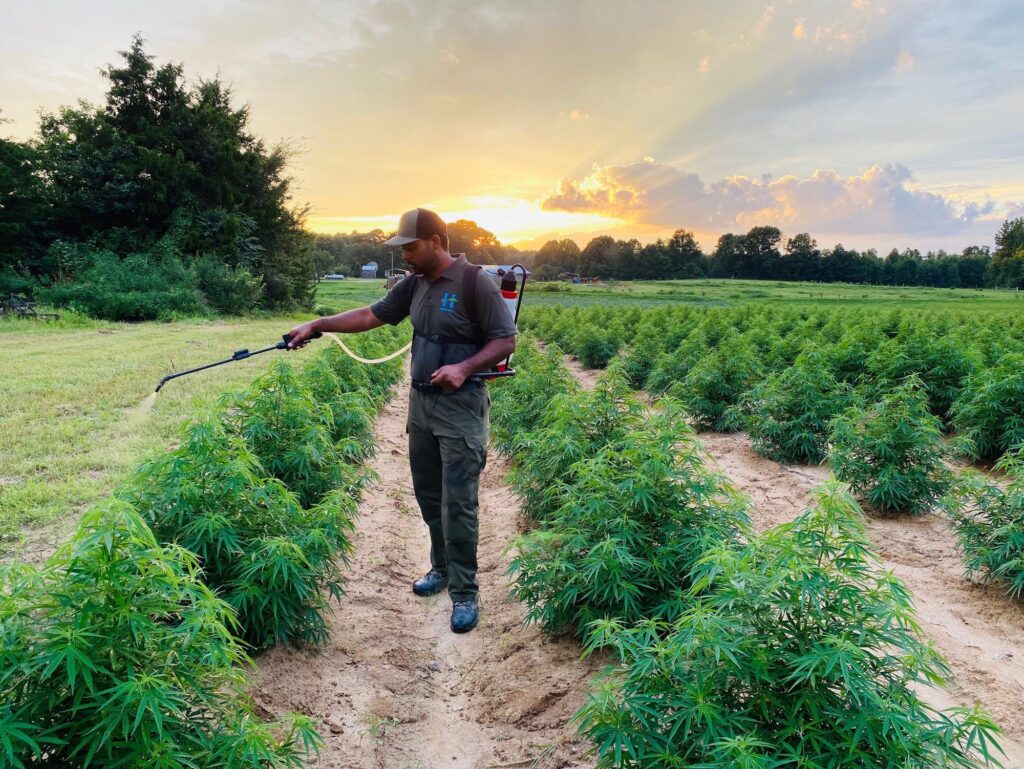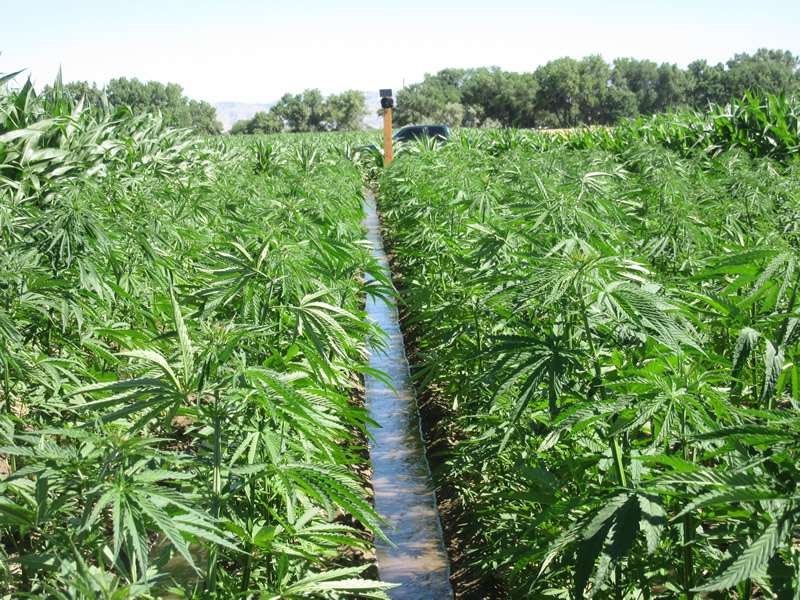The industrial hemp sector is poised for unprecedented growth over the next decade, with projections indicating an expansion from $11.42 billion in 2025 to $47.82 billion by 2032. This remarkable rise reflects the plant’s growing versatility, the global push for sustainable materials, and the relaxation of regulations in key markets. Hemp is now used across multiple industries, from textiles and construction to food, wellness, and bioplastics, making it a central player in the green economy. Governments in Asia-Pacific, North America, and parts of Europe are fostering growth through favorable policies and trade incentives, positioning hemp as a valuable cash crop for both established and emerging economies. As consumer demand for eco-friendly products intensifies, industrial hemp’s role as a sustainable alternative to petroleum-based and resource-heavy materials will only strengthen.
Expanding Applications Driving Demand

The sheer diversity of industrial hemp applications is a major factor in the market’s projected surge. In the textiles sector, hemp fiber is valued for its durability, breathability, and minimal environmental footprint compared to cotton. In the construction industry, hempcrete and hemp-based insulation offer eco-friendly, carbon-negative building solutions that are gaining traction in sustainable housing projects. Hemp seeds and oil are increasingly used in health foods, supplements, and skincare due to their high nutritional value and rich omega fatty acid profile. The emerging bioplastics sector is also turning to hemp as a renewable feedstock to replace fossil fuel–derived plastics. This wide-ranging utility not only expands hemp’s market potential but also protects it from industry-specific downturns, making it a resilient growth sector.
Asia-Pacific’s Leading Role
The Asia-Pacific region is projected to dominate the industrial hemp market by 2032, thanks to large-scale cultivation capacity, favorable climatic conditions, and increasing domestic and international demand. China remains the world’s largest hemp producer, supplying fiber for textiles, paper, and industrial products, while countries like Australia, India, and Thailand are expanding production for both domestic use and export. In particular, Australia’s easing of hemp food regulations and investment in processing infrastructure is positioning it as a regional export hub. Additionally, trade partnerships within the Asia-Pacific Economic Cooperation (APEC) framework are expected to facilitate smoother hemp product distribution, boosting the region’s competitiveness on the global stage.
North America’s Regulatory and Market Momentum
In North America, the industrial hemp market has been rapidly developing since the 2018 U.S. Farm Bill legalized hemp cultivation. The United States and Canada are seeing strong investment in processing facilities, product innovation, and branding, particularly in hemp-based foods, supplements, and sustainable packaging. The U.S. is also exploring hemp’s potential as a biofuel source, which could further expand its economic footprint. Regulatory clarity at both federal and state levels is encouraging farmers to diversify into hemp cultivation, and advancements in agricultural technology are improving yields and product quality. As consumer awareness of hemp’s sustainability benefits grows, North America is expected to remain a major contributor to global market expansion.
Sustainability and Trade as Growth Catalysts
Sustainability is a critical driver of industrial hemp’s long-term growth. As climate change concerns reshape manufacturing and agriculture, hemp’s low water requirements, rapid growth cycle, and ability to improve soil health make it an attractive crop for environmentally conscious producers. Additionally, hemp sequesters significant amounts of carbon during cultivation, enhancing its appeal as part of corporate carbon offset strategies. Global trade in hemp and hemp-derived products is also expanding, supported by international agreements, evolving standards, and increasing harmonization of regulations. The combination of sustainable production and growing global demand positions hemp as a cornerstone crop in the shift toward a greener, circular economy.
Future Outlook and Market Challenges

While the industrial hemp market’s outlook is overwhelmingly positive, challenges remain. Regulatory inconsistencies between countries, limitations on THC thresholds, and gaps in processing infrastructure can slow market growth. Additionally, competition from other sustainable materials could influence pricing and adoption rates. However, with continued investment, policy alignment, and consumer education, these barriers are likely to diminish over time. By 2032, hemp’s role in global manufacturing, agriculture, and sustainability initiatives is expected to be firmly established, making it not just a profitable industry but also a vital contributor to a low-carbon future.

Leave a Reply